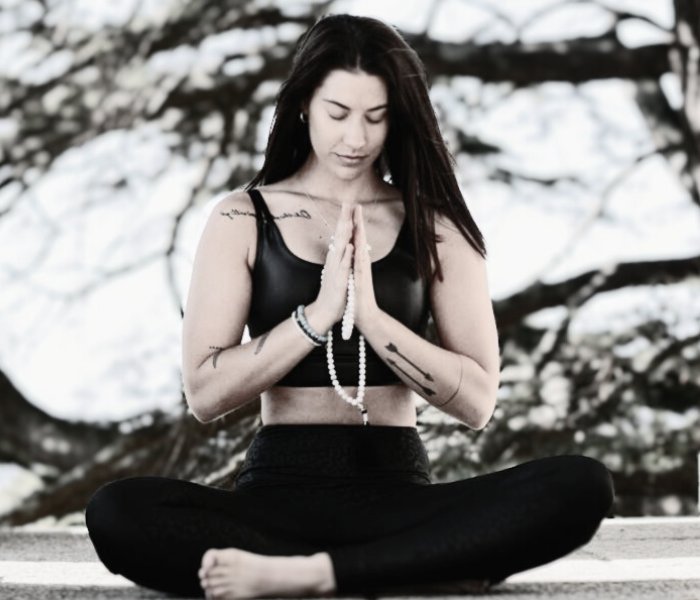20 attributes of effective meditation

Fresh off a vipassana meditation retreat in Brahma Vihara Arama in Bali, our YOGI TIMES’ writer shares some of her newfound knowledge on the most effective ways to meditate.
What is the right attitude for meditation?
1. Meditating is acknowledging and observing whatever happens, whether pleasant or unpleasant, in a relaxed way.
2. Meditating is watching and waiting patiently with awareness and understanding. Meditation is NOT trying to experience something you have read or heard about.
3. Just pay attention to the present moment. Don’t get lost in thoughts about the past. Don’t get carried away by thoughts about the future.
Related>> Yoga & Meditation Teacher Training
4. When meditating, both the mind and the body should be comfortable.
5. If the mind and the body are getting tired, something is wrong with the way you are practicing, and it is time to check the way you are meditating.
6. The meditating mind should be relaxed and at peace. You cannot practice when the mind is tense.
7. Don’t focus too hard, don’t control. Neither force nor restrict yourself.
8. Don’t try to create anything, and don’t reject what is happening. Just be aware.
9. Trying to create something is greed. Rejecting what is happening is aversion. Not knowing if something is happening or has stopped happening is delusion.
10. Only to the extent that the observing mind has no greed, aversion or anxiety are you truly meditating.
11. What is the mind doing? Thinking? Being aware?
12. Where is the mind now? Inside? Outside?
13. Is the watching or observing mind properly aware or only superficially aware?
14. Don’t practice with a mind that wants something or wants something to happen. The result will only be that you tire yourself out.
15. You have to accept and watch both good and bad experiences. You want only good experiences? You don’t want even the tiniest unpleasant experience? Is that reasonable? Is this the way of the Dhamma?
16. Don’t feel disturbed by the thinking mind. You are not practicing to prevent thinking; but rather to recognize and acknowledge thinking whenever it arises.
17. Don’t reject any object that comes to your attention. Get to know the defilements that arise in relation to the object and keep examining the defilements.
18. The object of attention is not really important; the observing mind that is working in the background to be aware is of real importance. If the observing is done with the right attitude, any object is the right object.
19. Only when there is faith or confidence (saddha), effort will arise. Only when there is effort (viriya), mindfulness will become continuous.
20. Only when mindfulness (sati) is continuous, stability of mind will become established. Only when stability of mind (samadhi) is established, you will start understanding things as they are. When you start understanding things as they are (pañña), faith will grow stronger.
Related>>> Ziva Meditation
If you are looking for a way to start or deepen your daily meditation – take a
look at this program by MindValley: bit.ly/YOGIMeditation and the Mindfulness Based Stressed Reduction online course by Sounds True: – The YOGI TIMES team



